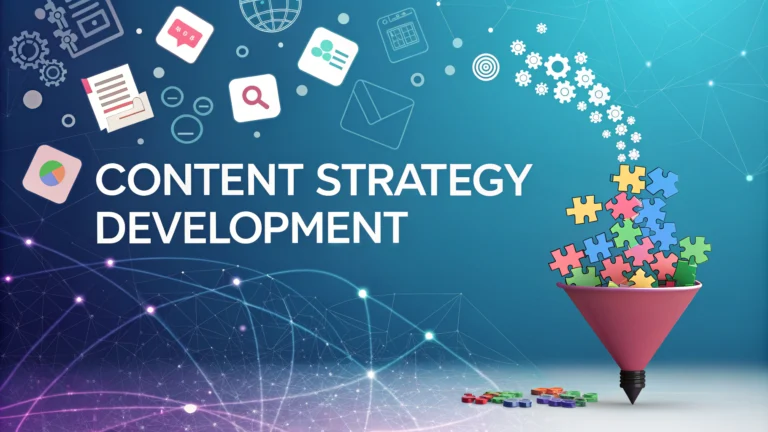Over 4.66 billion people use the internet daily, but merely having a website isn’t enough. Without strategic promotion, your online presence becomes invisible in a sea of digital competition. Website owners need a precise, actionable roadmap to cut through the noise and attract meaningful traffic.
Understanding Website Promotion Fundamentals
Website promotion isn’t just about random marketing tactics—it’s a calculated approach to increasing visibility, engagement, and conversions. Successful promotion requires a multi-channel strategy that leverages different digital marketing techniques.
Effective website promotion combines technical optimization, content strategy, and targeted outreach to help your site stand out. The goal is not just attracting visitors, but attracting qualified, relevant traffic that converts.
Search Engine Optimization (SEO) Strategies
SEO remains the cornerstone of website promotion. By optimizing your site’s structure, content, and technical elements, you can improve search engine rankings and organic visibility.
Key SEO techniques include keyword research, on-page optimization, quality link building, and creating valuable, user-focused content. Search engines reward websites that provide genuine value to users.
Critical SEO Elements
- Keyword Optimization: Target relevant, high-intent keywords
- Technical SEO: Improve site speed, mobile responsiveness
- Content Quality: Create in-depth, original content
Content Marketing Strategies
Content marketing transforms your website from a static digital brochure into a dynamic platform that attracts, educates, and converts visitors. High-quality, relevant content builds trust and positions your brand as an industry authority.
Successful content strategies involve creating diverse content types: blog posts, videos, infographics, podcasts, and interactive resources that solve real user problems.
Content Distribution Channels
- Social media platforms
- Email newsletters
- Industry forums and communities
- Guest posting opportunities
Social Media Promotion Techniques
Social media platforms offer unprecedented opportunities to amplify your website’s reach. By strategically sharing content and engaging with your audience, you can drive significant traffic and build brand awareness.
Each social platform requires a tailored approach—what works on LinkedIn might not succeed on Instagram. Understanding platform-specific audience behaviors is crucial.

